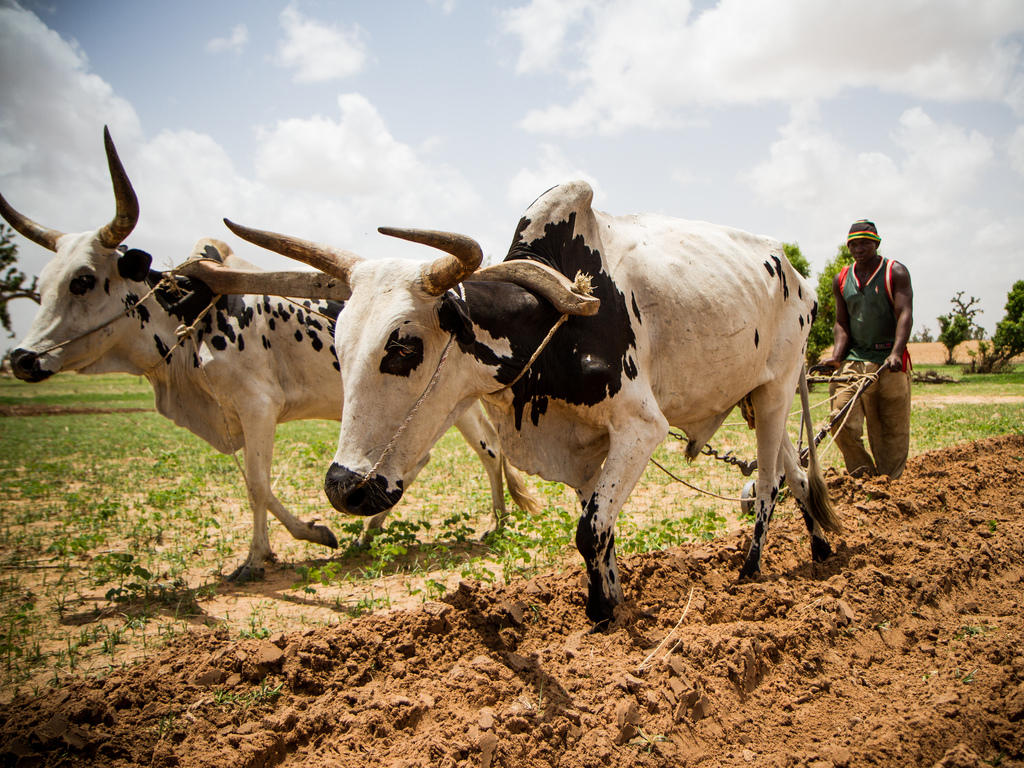Agriculture33
-

Making Sense of Climate’s Impact on Food Security
From warmer temperatures to natural disasters such as flooding and drought, changing patterns of climate are having billion-dollar impacts on our food-growing systems. But scientists are struggling to find ways to measure and predict what may happen in the future—and to translate that into policies to help feed a bulging world population.
-

Improving Seeds to Meet Future Challenges
Scientists and agronomists are racing to develop seeds that are higher yielding, more nutritious, and both drought and climate resilient to meet the challenge of feeding the world in the future.
-

Rosario’s Farm: Rising Tides, Shrimp from the Forest
Rosario Costa-Cabral and her brothers harvest hundreds of fruits, oils and wood products from the stream-laced forest of the Amazon River delta. But the climate here is changing: Tides rise higher, and seasonal floods are growing worse.
-

New Understanding of Soil Quality throughout Africa
A new interactive mapping tool lets users visualize a broad range of soil data for the continent of Africa.
-

Poor Ethiopian Farmers Receive ‘Unprecedented’ Insurance Payout
Thanks to a groundbreaking new program that relies on advanced satellite technology, a weather index insurance payout of unprecedented scale will benefit poor African farmers.
-

A River Runs Through It: Predicting Floods in the Midwest
Focusing on the American Midwest, Andrew Robertson analyzes the relationships between floods, weather and climate patters throughout the 20th century.
-

Glenn Denning’s Road to Bali, and the Earth Institute
Glenn Denning grew up in Brisbane, Australia, loved the outdoors and hated the idea of working in an office. And, he really didn’t have any urge to go to other countries. Then he happened to overhear a conversation in a hallway between two students. That bit of serendipity sent him on a road to a…
-

Predicting the Future of Soy in South America
In this Q&A, Arthur M. Greene discusses improving climate and agricultural modeling in South America using a new stochastic simulation of future climate.
-

Food Security in the Face of Changing Climate
An interview with James Hansen, an agricultural scientist at the International Research Institute for Climate and Society who also has a prominent role in the world’s largest research program focused specifically on climate change and food security.

AGU25, the premier Earth and space science conference, takes place December 15-19, 2025 in New Orleans, Louisiana. This year’s theme—Where Science Connects Us—puts in focus how science depends on connection, from the lab to the field to the ballot box. Once again, Lamont-Doherty Earth Observatory and Columbia Climate School scientists, experts, students, and educators are playing an active role, sharing our research and helping shape the future of our planet. #AGU25 Learn More
